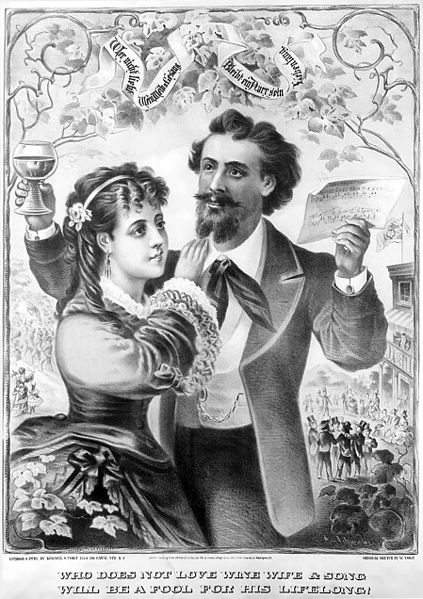 Last Sunday, the day before the world’s population hit 7 billion, I went to a scientific meeting on the future of contraception.
Last Sunday, the day before the world’s population hit 7 billion, I went to a scientific meeting on the future of contraception.
I had expected to hear, and did hear, about a slew of labs trying to develop a birth control pill for men. What I did not expect: one pill was shown to work in men more than 50 years ago.
In the late 1950s, researchers from the University of Oregon and University of Washington tested drugs called ‘bis(dichloroacetyl) diamines’ on inmates from the Oregon State Penitentiary.* The scientists doled out one of three pills — dubbed Win 13,099, Win 17,416 and Win 18,446 — to 26 volunteers once or twice a day for up to 54 weeks, and measured the men’s sperm counts along the way.
The results were stunning: the compounds reduced the amount of sperm in the men’s semen, and sometimes completely wiped it out. The pills didn’t affect libido, and the only reported side effect was bloating and gas. What’s more, within a few weeks of stopping treatment, sperm counts went back up. It was, perhaps, the horny grail: reversible birth control for men, no rubber required.
The problem came when the pills were tested outside of those prison walls. Unfortunately, when men taking the drugs drank alcohol, they had a violent reaction, including acute vomiting and shortness of breath. The research was quickly abandoned. “The joke there, of course, is that if it weren’t for alcohol, you wouldn’t need a contraceptive,” quipped researcher John Amory during a presentation at the conference. (This was followed by an inordinate amount of laughter. These folks never tired of jokes about sex or having too many children.)
A few years back, Amory and his team at the University of Washington dusted off Win 18,446 and started thinking about its potential as a male contraceptive. They knew what caused the booze response. Win 18,446 inhibits an enzyme, aldehyde dehydrogenase (ALHD), that the liver needs to metabolize alcohol. But the researchers didn’t know anything about how the drug blocked the production of sperm.
Until one day when another contraception researcher, Mike Griswold from Washington State University, gave a talk for Amory’s department. Griswold described his work showing the importance of retinoic acid — a product of vitamin A, or retinol — for sperm production. He mentioned that the conversion of retinol to retinoic acid requires ALHD.
A lightbulb went on in Amory’s head. Since Win 18,446 blocks ALHD, could this retinol pathway be responsible for the drug’s sperm-killing powers?
Bingo. In a study published earlier this year, Amory and Griswold reported that in mouse testes, Win 18,446 can block the conversion of retinol to retinoic acid.
It was a scientific win, but the study didn’t solve Win 18,446’s alcohol problem. The researchers are trying to find closely related drugs that disrupt that key retinol pathway (and sperm production) without also blocking ALDH (and healthy alcohol metabolism). They’ve identified a few possible candidates, so hopefully it won’t take another 50 years to write the next chapter in this story.
In the meantime, there may be a good use for Win 18,446. As somebody asked Amory at the end of his talk: Might this drug be highly appealing to the parents of teenaged boys? The crowd lost it.
—
*The data were published in the January 1961 issue of Toxicology and Applied Pharmacology. In the report, the prisoners are referred to as volunteers, and I sure hope that’s true: in addition to providing frequent semen samples, they had surgical testicular biopsies before and after the study. (These showed, by the way, that the drugs not only blocked production of sperm, but hindered the swimming ability of the few remaining sperm.)
The image is a print published by Kimmel and Voigt in New York, 1873. According to Wikimedia Commons, the German text at the bottom means: “He who does not love wine, wife, and song will be a fool his whole life long.”
Alcohol affects people differently. Some people after a night of drinking can sleep the day away but other people wake up early after a night of drinking. If you want to know why your body does this, this article gives a great explanation on it.
http://explainlikeakid.blogspot.com/2011/10/why-you-wake-up-early-when-you-drink.html
that’s true, but from what I can tell, the aldehyde dehydrogenase reaction is always really nasty — violent vomiting, as I mentioned, and in some cases, death. these drugs are sometimes used for alcoholics, for “aversion therapy”, but they don’t work well because they just stop taking the pills.